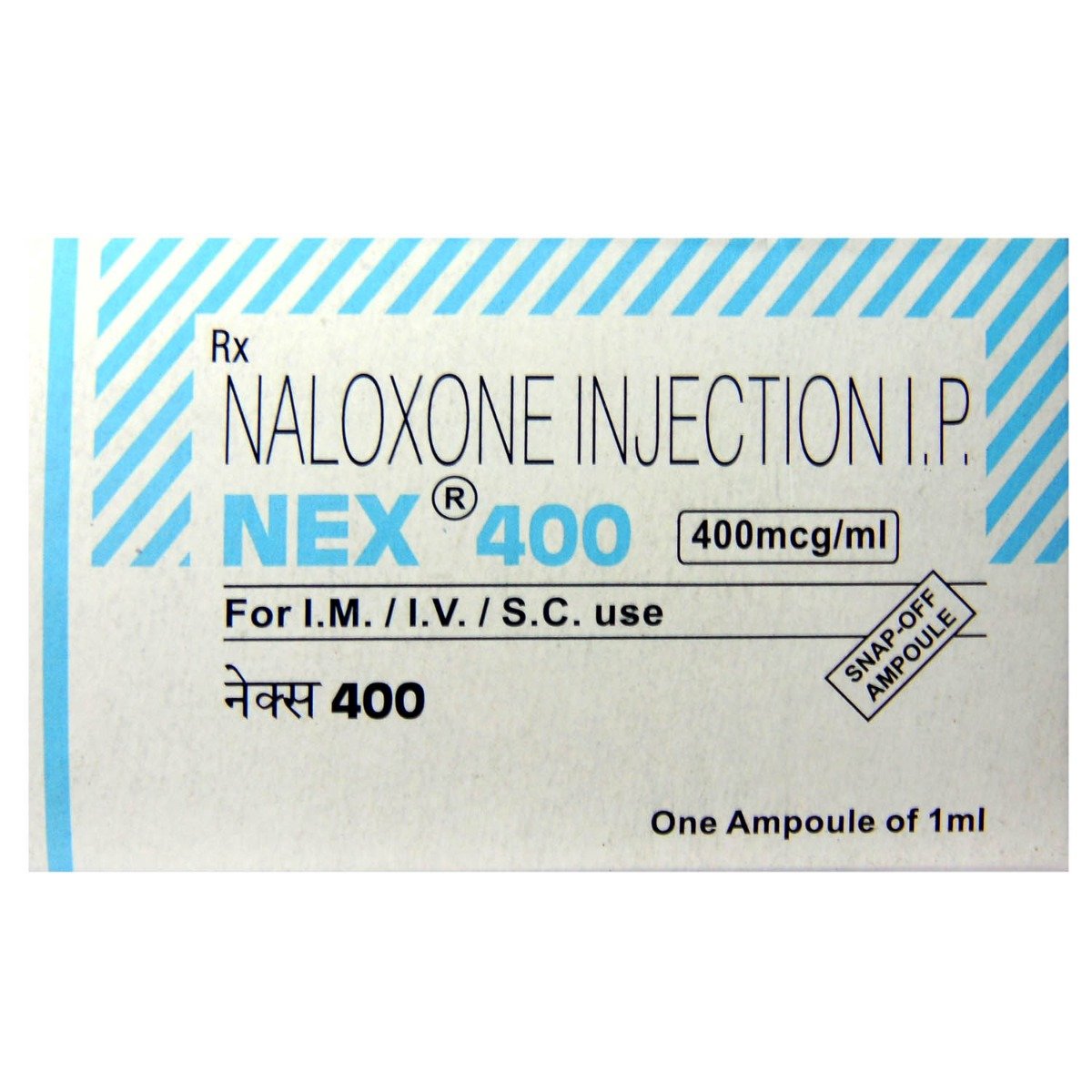Nalox Injection 1ml


MRP ₹103.5
(Inclusive of all Taxes)
₹12.4 Cashback (12%)
Provide Delivery Location
Online payment accepted
 Prescription drug
Prescription drugWhats That
Composition :
Manufacturer/Marketer :
Consume Type :
Return Policy :
Expires on or after :
About Nalox Injection 1ml
Nalox Injection 1ml is an opioid antagonist used to treat opioid overdose. This medicine is given as an emergency treatment where the use of high-potency opioids as a chemical weapon is suspected and as temporary prophylaxis of respiratory and/or central nervous system depression in military personnel and chemical incident responders.
Nalox Injection 1ml contains Naloxone, which belongs to the class of opioid receptor antagonists. It works by blocking the effect of opioid receptors and blocks the effects. Thereby it helps treat opioid overdose.
Nalox Injection 1ml may cause certain side effects such as nausea, vomiting, injection site reactions, dizziness, and headache. If Nalox Injection 1ml causes any serious discomfort, speak with a doctor. Nalox Injection 1ml will be administered by the physician in an emergency.
Nalox Injection 1ml is generally given on an emergency basis. The patient's caregiver should inform the doctor about his/her previous medical and medication history beforehand. Also, inform the doctor if the patient is pregnant, planning to become pregnant, or breastfeeding.
Uses of Nalox Injection 1ml
Directions for Use
Medicinal Benefits
Nalox Injection 1ml contains Naloxone, which belongs to the class of medications called 'opioid-antagonist' used to treat opioid dependence. It works by blocking the effect of opioid receptors and thereby blocks the effects of opioids. It is used along with counselling and social support to help patients dependent on opioid drugs. This medicine is also used after surgery to reverse the effects of opiates given during surgery.
Storage
- Contact your doctor immediately if you're experiencing a fast heart rate, palpitations, or other heart-related symptoms. This is crucial to determine whether the symptoms are related to your medication.
- Your doctor may need to adjust your medication regimen to alleviate the fast heart rate symptoms. This could involve changing the medication, reducing the dosage, or adding new medications to counteract the side effects.
- Follow your doctor's advice on monitoring your heart rate and blood pressure. This will help track any changes and ensure your heart rate returns normal.
- If you experience severe symptoms such as chest pain, dizziness, or shortness of breath, seek immediate medical attention. These symptoms can indicate a more serious condition that requires prompt treatment.
- Inform your doctor about dizziness symptoms. They may adjust your medication regimen or prescribe additional medications to manage symptoms.
- Follow your doctor's instructions for taking medication, and take it at the same time every day to minimize dizziness.
- When standing up, do so slowly and carefully to avoid sudden dizziness.
- Avoid making sudden movements, such as turning or bending quickly, which can exacerbate dizziness.
- Drink plenty of water throughout the day to stay hydrated and help alleviate dizziness symptoms.
- If you're feeling dizzy, sit or lie down and rest until the dizziness passes.
- Track when dizziness occurs and any factors that may trigger it, and share this information with your doctor to help manage symptoms.
- Inform your doctor about the nausea and discuss possible alternatives to the medication or adjustments to the dosage.
- Divide your daily food intake into smaller, more frequent meals to reduce nausea.
- Opt for bland, easily digestible foods like crackers, toast, plain rice, bananas, and applesauce.
- Avoid certain foods that can trigger nausea, such as fatty, greasy, spicy, and smelly foods.
- Drink plenty of fluids, such as water, clear broth, or electrolyte-rich beverages like coconut water or sports drinks.
- Use ginger (tea, ale, or candies) to help relieve nausea.
- Get adequate rest and also avoid strenuous activities that can worsen nausea.
- Talk to your doctor about taking anti-nausea medication if your nausea is severe.
- Record when your nausea occurs, what triggers it, and what provides relief to help you identify patterns and manage your symptoms more effectively.
- Hydrate your body: Drink enough water to prevent dehydration and headaches.
- Calm Your Mind: Deep breathing and meditation can help you relax and relieve stress.
- Rest and Recharge: Sleep for 7-8 hours to reduce headache triggers.
- Take rest: lie down in a quiet, dark environment.
- Cold or warm compresses can help reduce tension.
- Stay Upright: Maintain good posture to keep symptoms from getting worse.
- To treat headaches naturally, try acupuncture or massage therapy.
- Over-the-counter pain relievers include acetaminophen and ibuprofen.
- Prescription Assistance: Speak with your doctor about more substantial drug alternatives.
- Severe Headaches: Seek emergency medical assistance for sudden, severe headaches.
- Frequent Headaches: If you get reoccurring headaches, consult your doctor.
- Headaches with Symptoms: Seek medical attention if your headaches include fever, disorientation, or weakness.
- Preventing Vomiting (Before it Happens)
- Take medication exactly as prescribed by your doctor. This can help minimize side effects, including vomiting.
- Having a small meal before taking your medication can help reduce nausea and vomiting.
- Talk to your doctor about taking anti-nausea medication along with your prescribed medication.
- Managing Vomiting (If it Happens)
- Try taking ginger in the form of tea, ale, or candy to help alleviate nausea and vomiting.
- What to Do if Vomiting Persists
- Consult your doctor if vomiting continues or worsens, consult the doctor for guidance on adjusting your medication or additional treatment.
Drug Warnings
Nalox Injection 1ml is generally given on an emergency basis. The patient's caregiver should inform the doctor about his/her previous medical and medication history beforehand. Also, let the doctor know if the patient is pregnant, planning to become pregnant, or breastfeeding. Inform your doctor if you have increased blood pressure, liver/kidney disease, or are taking any medications before receiving Nalox Injection 1ml. Do not use other medications without the doctor's notice, especially opioid-containing ones. It may cause precipitation of severe opioid withdrawal and risk of recurrent respiratory and central nervous system depression. Hence, the patient should be monitored carefully after administration of Nalox Injection 1ml.
Drug-Drug Interactions
Drug-Drug Interactions
Login/Sign Up
Coadministration of Nalox Injection 1ml and Naloxegol can enhance the risk of opioid withdrawal (a response to a sudden lack of opioids in the body).
How to manage the interaction:
Although taking Nalox Injection 1ml and Naloxegol together can cause an interaction, it can be taken if a doctor has suggested it. If you have any of these symptoms like sweating, tearing, runny nose, chills, diarrhea, stomach pain, nausea, vomiting, anxiety, insomnia, irritability, or restlessness, it's important to call your doctor right away. Do not stop using any medications without talking to a doctor.
Coadministration of Nalox Injection 1ml and Droperidol can increase the risk of an irregular heart rhythm.
How to manage the interaction:
Although taking Nalox Injection 1ml and Droperidol together can cause an interaction, it can be taken if your doctor has suggested it. However, if you experience weakness, tiredness, drowsiness, chest pain or discomfort, confusion, muscle pain, cramps, dizziness, nausea, or vomiting consult a doctor immediately. Do not discontinue any medications without consulting a doctor.
Drug-Food Interactions
Drug-Food Interactions
Login/Sign Up
Diet & Lifestyle Advise
- Eat foods high in carbohydrates, especially the complex carbohydrates present in starchy food items like legumes (e.g., beans, lentils and peas), root vegetables (e.g., potatoes and carrots), pasta and bread, along with protein in meals.
- A patient should consume supplements and vitamins as per their doctor's recommendation.
- The patient should change his drinking priorities and prefer drinks like apple cider, vanilla shake, juice or lemonade with sparkling water, etc.
- Get physical activity and enough rest.
- Reduce caffeine and stop smoking, if possible.
Side Effects of Nalox Injection 1ml
- Injection site reactions (pain, burning or redness)
- Hot flushes
- Syncope (loss of consciousness)
- Dizziness
- Headache
Habit Forming
Therapeutic Class
All Substitutes & Brand Comparisons
RX
Not for online saleNex 400mcg/1ml Injection
Neon Laboratories Ltd
₹97
(₹87.3/ 1ml)
4% CHEAPER
Product Substitutes
Author Details
We provide you with authentic, trustworthy and relevant information
Drug-Diseases Interactions
Drug-Diseases Interactions
Login/Sign Up
FAQs
Nalox Injection 1ml contains Naloxone, which works by inhibiting the effect of opioid receptors and thereby blocks the effects of opioids.
No, Nalox Injection 1ml should not be used with an opioid analgesic, as it may cause serious adverse effects of the drug. If you have any concerns, please discuss them with your doctor.
Inform your doctor about your medical conditions, allergic reactions, and medications you are already taking (especially opioid analgesics). Also, let your doctor know if you are pregnant, planning to become pregnant, or breastfeeding.
Drug-Drug Interactions Checker List
- CODEINE
- HYDROCODONE
- DROPERIDOL
Special Advise
- It is recommended to monitor liver function tests regularly.
- Strictly warn patients against the use of opioids while on treatment with Nalox Injection 1ml.
- Monitor for injection-site reactions.
Disease/Condition Glossary
Opioid overdose: Opioid overdose is a condition when someone takes opioid medicine (fentanyl) more than prescribed. This can further make the individual physically dependent on a substance. In this case, instead of making enough of its own opioids, the body has begun to rely on outside opioids to maintain normal function. Symptoms may include vomiting or making gurgling noises, blue skin due to poor circulation, slow breathing, unresponsiveness, confusion, etc.

Have a query?
Buy best Poisoning & Drug Dependence products by
Cipla Ltd
Sun Pharmaceutical Industries Ltd
Troikaa Pharmaceuticals Ltd
Intas Pharmaceuticals Ltd
Samarth Life Sciences Pvt Ltd
Tripada Healthcare Pvt Ltd
Glenmark Pharmaceuticals Ltd
Itc Ltd
Lupin Ltd
Sparsha Pharma International Pvt Ltd
Celon Laboratories Pvt Ltd
Consern Pharma Ltd
D D Pharmaceuticals Pvt Ltd
Fusion Health Care Pvt Ltd
Harson Laboratories
Msn Laboratories Pvt Ltd
Neon Laboratories Ltd
Novartis India Ltd
Pfizer Ltd
Psyco Remedies Ltd
Wockhardt Ltd
Abeena Pharma
Aimcad Biotech Pvt Ltd
Arco Lifesciences (I) Pvt Ltd
Bharat Biotech
Brainwave Healthcare Pvt Ltd
Chandra Bhagat Pharma Ltd
Cipla Health Ltd
Cnx Health Care Pvt Ltd
Crescent Formulations Pvt Ltd
East India Pharmaceutical Works Ltd
Healers Pharmaceuticals Pvt Ltd
Icon Life Sciences
K C Laboratories
Koye Pharmaceuticals Pvt Ltd
Leeford Healthcare Ltd
Lyf Healthcare
Micro Labs Ltd
Natco Pharma Ltd
Ns Pharma
Ozone Pharmaceuticals Ltd
Steris Healthcare
TTK Healthcare Ltd
Theo Pharma Pvt Ltd
Treatsure Pharma
West Coast Pharmaceuticals Pvt Ltd
Alcohol
Unsafe
Consumption of alcohol is not recommended during treatment with this medicine as it can worsen the condition of the patient.
Pregnancy
Caution
Nalox Injection 1ml should be used during pregnancy only if the potential benefit justifies the potential risk to the fetus. If administered during pregnancy, the doctor may need to monitor your unborn baby carefully after you receive the medication.
Breast Feeding
Caution
Consult the doctor if you are breastfeeding. Caution should be exercised while using Nalox Injection 1ml in nursing mother.
Driving
Not applicable
Nalox Injection 1ml will be administered in the hospital setting.
Liver
Caution
Nalox Injection 1ml should be used with caution in patients with liver disease. So, inform your doctor if you have liver impairment. Regular monitoring of liver function tests is advisable while on treatment with this medicine.
Kidney
Caution
Caution is recommended while administering Nalox Injection 1ml to patients with renal impairment. So, inform your doctor if you have kidney impairment. Your doctor will weigh the benefits and potential risks before prescribing Nalox Injection 1ml.
Children
Caution
Nalox Injection 1ml should be used in children only if advised by the doctor.




.jpg?tr=q-85)
_0.jpg?tr=q-85)
